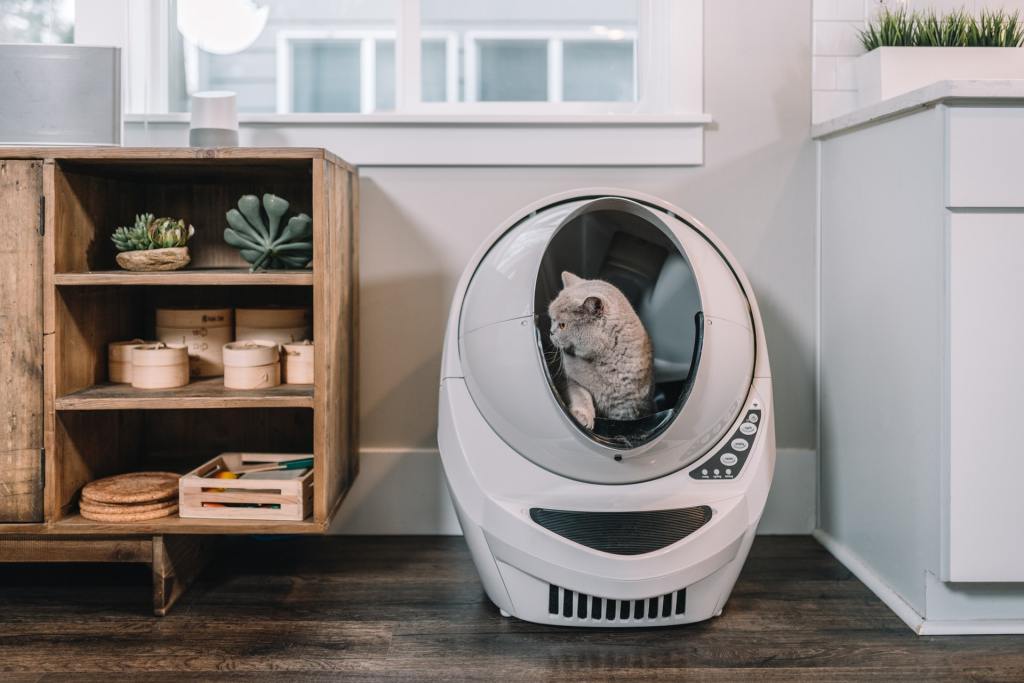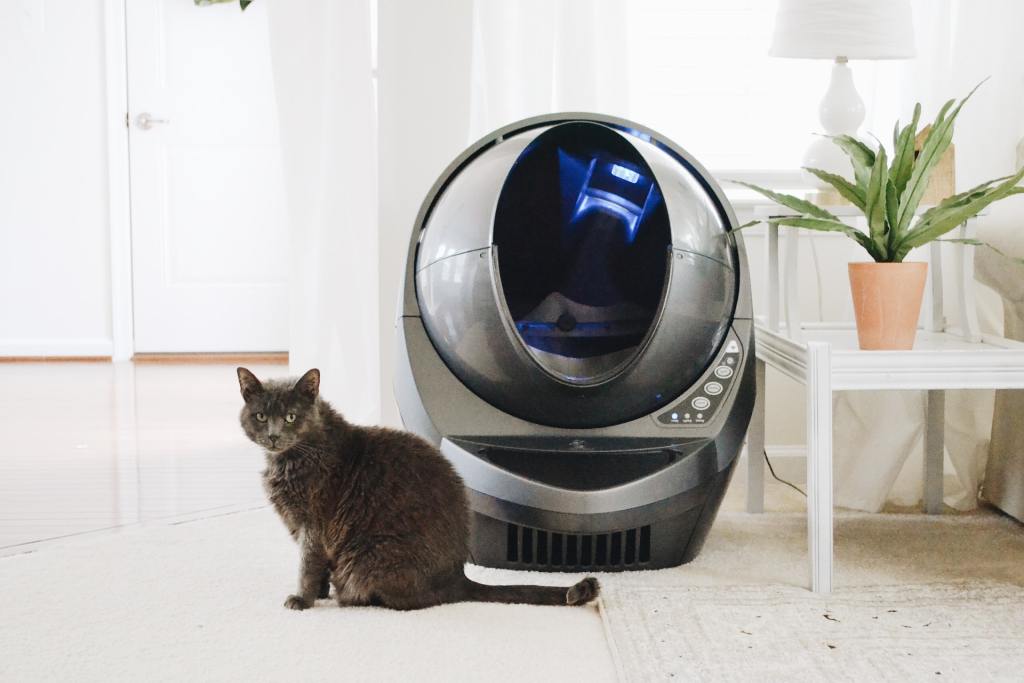You’ve carefully chosen a litter box that your cat should love, picked out the best cat litter, and placed the box in your bathroom. Now, you wait — but did you know that where you put the litter box can actually encourage or discourage your cat from using it? Litter box problems can be tough to correct, so it’s best to put some careful thought into litter box placement so that your cat feels comfortable using the box from the start. The more you understand about your cat’s instincts, the easier it is to find the best place to put his litter box.

What your cat wants in his litter box location
When using the litter box, cats prefer quiet and privacy. They also like to be able to see their litter box, even at night. Cats don’t like to do their business where they eat, so the box needs to be distanced from your cat’s water and food dishes, as well as his favorite sleeping spots.
Even more importantly, your cat needs to be able to get to his litter box easily. It might be tempting to put the box in an out-of-the-way location, like a bathroom closet or the basement, but this adds time and distance that your cat needs to travel. It also increases the chance of your cat just not bothering with the box and doing his business elsewhere.
Instead, place the box in a location that your cat is more likely to visit. For example, if your cat spends lots of time in a certain bedroom, consider putting the litter box in an adjoining bathroom. If your cat spends lots of time on the first level of your home, be sure that you have a litter box on that level.
The box itself also needs to be easy for your cat to get into. Many cats aren’t fond of the fully enclosed litter boxes, which are dark and can be difficult to turn around in. If a box is too small for your cat, he may have trouble using it. The same is true of litter boxes with higher sides, which can be difficult for smaller cats or arthritic ones to climb into.
What to do about multi-cat households
Multiple litter boxes are a must for multi-cat households, and a good rule of thumb is to have one box per cat, if not more. Some cats will refuse to share a litter box with other cats, so be sure that all your cats have plenty of boxes to choose from.
In addition to having multiple boxes, those boxes need to be positioned in different areas throughout the home. Your cats will probably view boxes that are in the same room as being the same box, since they’ll smell the same. Position the boxes in different rooms and on different levels of the home to ensure that your cats can always get to a box when needed. You may also need to experiment with different box sizes and cat litters to find options that all your cats prefer.

Other important factors to consider
It’s also important to think about any challenges your home poses. For instance, if you have small children, they can make your cat feel uncomfortable if they wander into his litter box area while he’s in it. In this case, it may be helpful to put litter boxes in rooms that are off-limits to kids.
Dogs in the house can also pose a challenge to giving your cat a safe space to use a litter box. Dogs are naturally attracted to litter box smells, so you’ll need to create a space that your dog can’t access but that your cat freely can. You can accomplish this by putting a latch on your doorways that holds the doors open wide enough so that only your cat can fit through. You can also close a door entirely and install a cat flap.
Understanding your options for just where to put the litter box in your home can encourage your cat to use the box reliably, but location isn’t the only factor to consider. Other elements like the box’s design, the type of cat litter you use, and even the amount of cat litter in the box will all factor into how well your cat uses the box. Keeping the litter box clean is also important. If your cat keeps refusing to use his litter box despite your trying to find the arrangement that works best for him, schedule an appointment with your vet, since some medical issues can cause litter box use issues, too.


